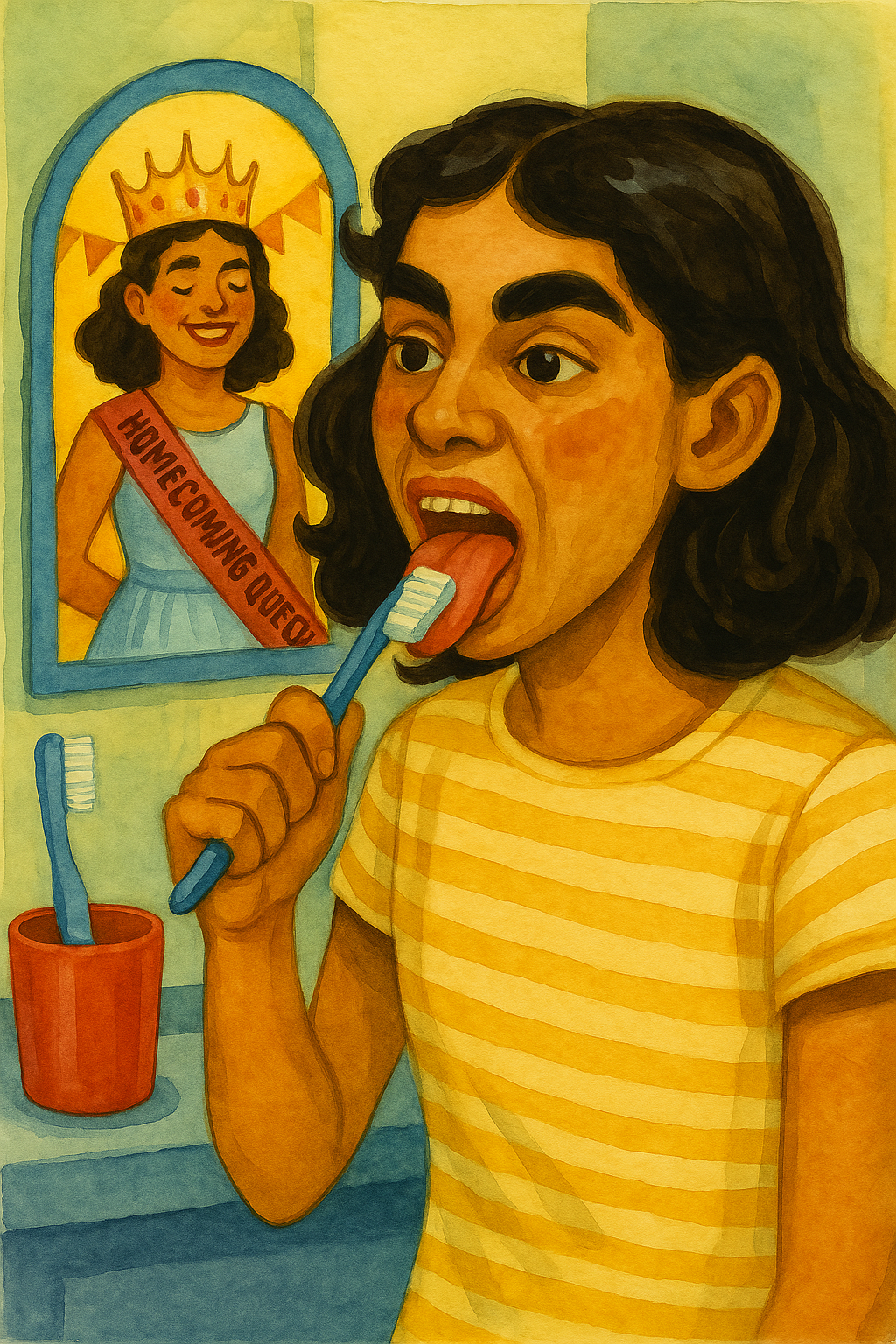Correcting class II malocclusion
/Class II malocclusion is a dental condition where the upper teeth and jaw protrude over the lower teeth and jaw, commonly known as an overbite. This condition affects approximately 20% of the population, and if left untreated, can lead to a range of dental problems, including tooth wear, gum recession, and jaw pain. In this article, we will discuss the different treatment options available for correcting class II malocclusion.
Orthodontic Treatment
Orthodontic treatment is the most common method for correcting class II malocclusion. This type of treatment involves the use of braces, aligners, or other dental appliances to gradually move the teeth into their proper positions. The length of treatment will vary depending on the severity of the malocclusion, but it typically takes 1-3 years.
During orthodontic treatment, the orthodontist may use elastics to help correct the position of the jaws. These elastics are attached to brackets or hooks on the teeth and worn for a certain period each day. The elastics help to move the upper teeth back and the lower teeth forward, correcting the overbite.
Headgear
Headgear is a dental appliance that is worn outside of the mouth to help correct class II malocclusion. The headgear is typically worn for a few hours each day, usually during the night, and works by applying pressure to the upper teeth and jaw, moving them back into the correct position.
Headgear is often used in conjunction with other orthodontic treatments, such as braces or aligners. The length of treatment will depend on the severity of the malocclusion, but it typically takes 1-2 years.
Orthognathic Surgery
In some cases, orthodontic treatment alone may not be enough to correct a severe class II malocclusion. In these cases, orthognathic surgery may be necessary. Orthognathic surgery involves moving the upper and/or lower jaw into the correct position to improve the bite and facial appearance.
The surgery is typically performed by an oral and maxillofacial surgeon, who works in conjunction with an orthodontist. The length of the recovery period will depend on the extent of the surgery, but patients typically need to take several weeks off work or school to recover fully.
4. Palatal Expanders
Palatal expanders are dental appliances that are used to widen the upper jaw to correct class II malocclusion. The expander is typically placed in the roof of the mouth and works by applying gentle pressure to widen the jaw.
Palatal expanders are often used in conjunction with other orthodontic treatments, such as braces or aligners. The length of treatment will depend on the severity of the malocclusion, but it typically takes 1-2 years.
5. The Carriere System
is an orthodontic treatment that utilizes a specialized appliance to correct malocclusions. This treatment system includes the use of a device known as the Carriere Motion Appliance (CMA), which is designed to address issues related to the bite and the position of the teeth. The CMA is typically used in conjunction with other orthodontic appliances such as braces or aligners to achieve optimal results. The device works by correcting the position of the upper jaw, which can often be the cause of bite problems. The CMA is a comfortable and efficient appliance that has been shown to provide effective results for patients.
The Carriere System offers many benefits to patients, including shorter treatment times and reduced discomfort compared to other orthodontic treatment options. The system also allows for a wider range of treatment options, including cases that were previously considered too difficult to treat with traditional orthodontic methods. The use of the Carriere System can lead to improved aesthetics and function of the teeth, providing patients with a healthier, more confident smile. Overall, the Carriere System is a valuable treatment option for orthodontic patients seeking an effective and efficient way to address bite and alignment issues.





